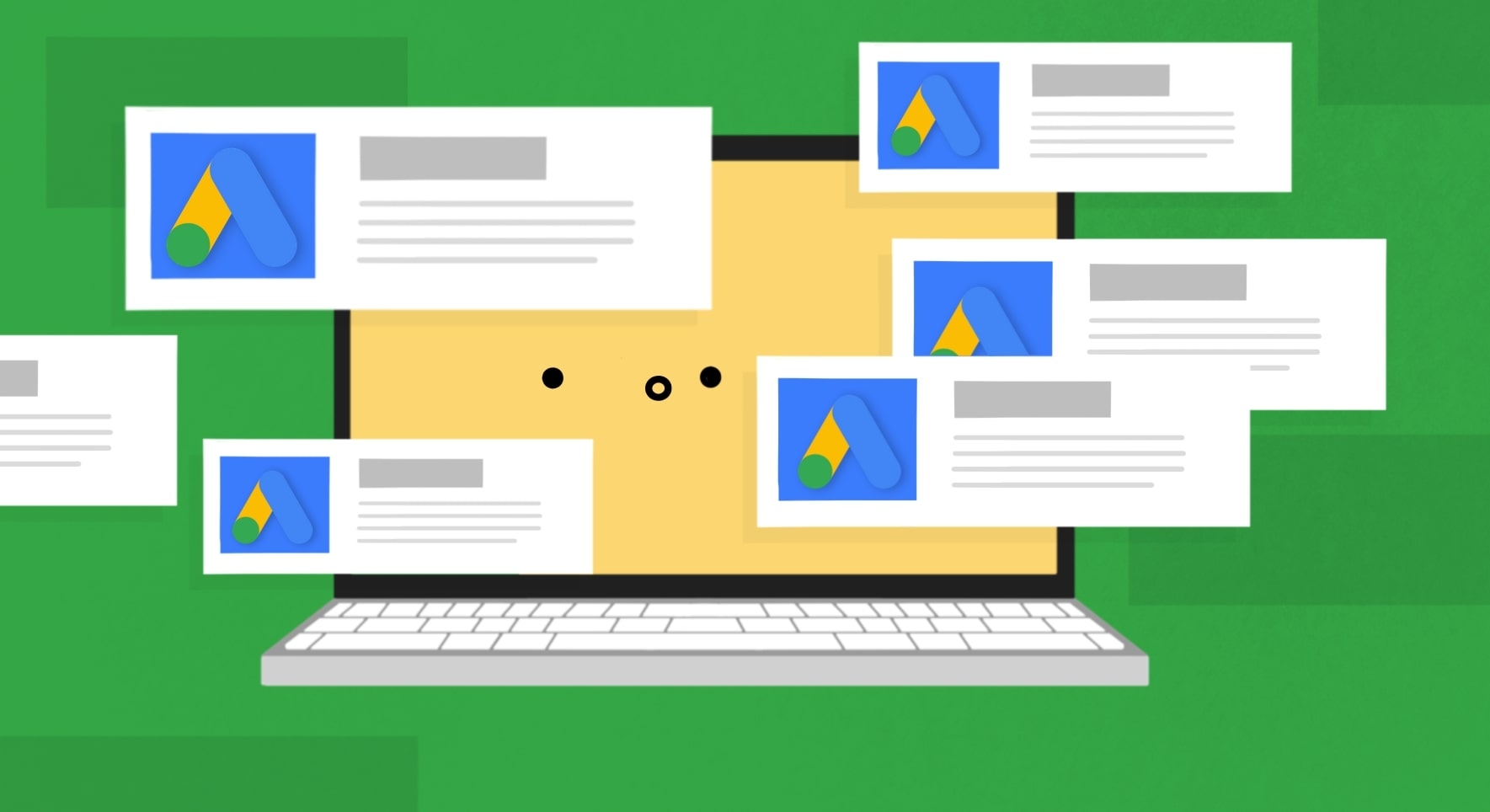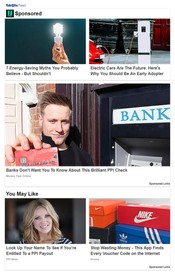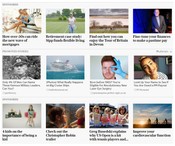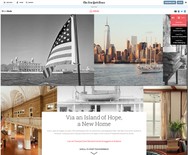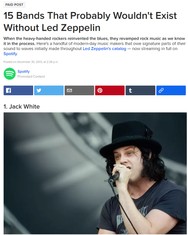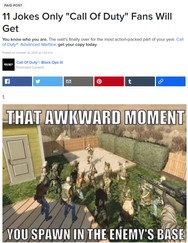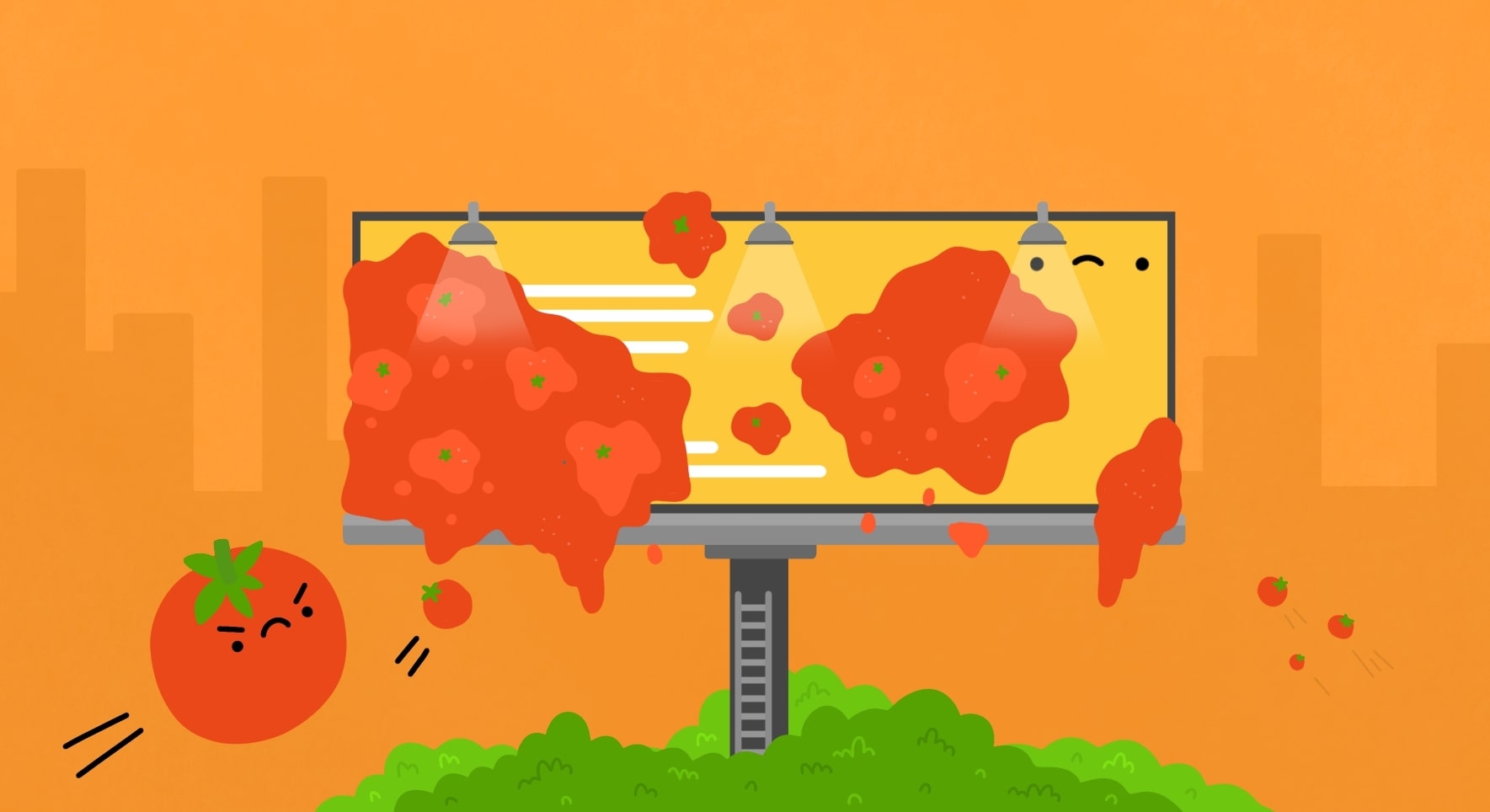Online advertising takes many forms, from pay per click ads to pop-ups ads, new advertising methods are being developed all the time.
20 years ago, pop up ads were the latest trend, giving advertisers a new and affordable way to get their message in front of consumers. Although those days are long gone – pop up ads are slowly dying thanks to Google’s ad blocker, and advertisers have had to invent new ways to get their message in front of users.
One of the newest and most popular methods to take over the advertising world has to be native advertising. Just the name itself can often sound confusing the first time you hear it, but if you’re in the marketing industry, native advertising is something you must know.
To help you decrypt this mysterious (and popular) advertising strategy, we’re taking a look at what Google native advertising is, and why you should be using it. If you’ve used the likes of Google Ads and other pay per click services before, then native advertising could be your new best friend.
Like the start of all good relationships, we think an introduction is in order.
What Are Google Native Ads?
Just the name “native advertising” can often leave even the most experienced digital marketers puzzled. It doesn’t exactly explain what this type of advertising is or where it can be found.
But the chances are, if you’ve spent enough time on the internet, then you’ve already experienced the powers of native advertising without even realising it.
If you’ve ever read a blog post all the way to the end, then you’ve probably been exposed to native advertising. Most blogs often have a “recommended articles” or “posts you may like” section, at the bottom of every blog post.
This is a user experience design that is aimed at keeping the user on the website as long as possible. In order to do this, the website displays similar content that the user might be interested in.
If a user has just finished reading “7 ways to improve your website”, then they might also be interested in reading “how to instantly gain more visitors to your website”.
But what if that content wasn’t from the current blog you were reading, and it was actually from another website altogether?
This is an excellent example of what native advertising is.
Of course, there’s a good chance publishers wouldn’t feature another website without some kind of incentive, but then that’s the basis of every successful advertising model (see AdSense).
But this ability to put sponsored content in front of users has spawned a whole new world of online advertising.
To help you understand what this advertising model is, native advertising can be defined as:
“Promotional or sponsored content which matches the styling, format, and theme of the website or platform they are displayed on.”
Or in other words, editorial ads that are purposely made not to look like ads!
By now you’re probably wondering, how can an ad not look like an ad?
Well just take a look for yourself.
Native Advertising Examples
There are plenty of websites out there that run native ads, but to give you an example of what they look like, we’ll stick to popular media sites you probably visit.
The most common type of native ads are usually advertorials and editorials. If you’ve never heard of that term before then don’t worry, it’s a pretty niche term usually only used in regards to magazines.
The term advertorial means a promotional ad takes the form of a magazine article. Instead of a full-page ad print or banner in the back of the magazine, ad advertorial gets merged in with the other content.
This often gets a lot of people off guard, meaning they don’t realize they are reading an article that’s dedicated to selling them a product or service.
Huffington Post (Taboola)
The Huffington Post is one of the largest media sites and currently gets over 136 million monthly visitors according to Similar Web. With high server costs to pay, the Huffington Post has resorted to running ads on their site, some of which include native ads at the bottom of every article.
In the screenshot above, you can see that the posts are marked as sponsored and they even have Taboola’s name at the top.
Ads are displayed based on the article that the viewer is reading, along with their location. If you’ve ever had an advert for “single mums in London” this is why.
Bloomberg (Taboola)
Another popular new site that focuses on financial and business news is Bloomberg. Having over 92 million monthly visitors to their site, Bloomberg turns these users into ad revenue using native ads.
On Bloomberg, these native ads are more focused on financial and business articles as opposed to a generic niche. This allows advertisers to target users knowing that they’ll most likely enjoy financially related ads.
Telegraph (Outbrain)
The Telegraph is a very popular newspaper in the UK but also the world. Currently, it gets around 101 million monthly visitors to the site. All of which are looking to read the latest news in politics, business and global affairs.
To take advantage of this, the Telegraph runs native ads at the bottom of every article like in the screenshot above. You can clearly see that they display a range of different ads, including sponsored content and promoted stories.
TIME Magazine (Outbrain)
The last on our list is TIME Magazine, which currently attracts over 44 million users to its site every month. Offering a broad range of content from global affairs, to the person of the year, TIME Magazine has been running native ads for quite a while.
In the screenshot above you can see that they display a range of different ads for a varied mix of industries.
Types of Native Advertising
Articles and blog posts aren’t the only types of native ads out there. They also come in the form of video ads, news stories, and reviews.
To give you an idea of the power of native advertising, we’ve picked some of the most popular native ads covering a range of different formats.
To help you understand why they’re classed as a native ad and not just a typical ad, will break down each one and explain what they’re trying to achieve.
Under Armour (Video)
The first native ad on our list comes in video format, and to the average viewer, this looks just like a typical comedy sketch. But while you were watching the video did you notice anything strange or peculiar?
Is it a coincidence that they happen to be standing in the under Armour section, talking about Under Armour? Definitely not! If you watch the video closely, you’ll notice that in almost every shot you can see the Under Armour logo. It’s only then that you realise… Hey, this is an Under Armour ad!
The video itself was posted on funnyordie.com as one of their comedy sketches. What makes this an excellent example of a native ad is that it follows the same format as other videos posted on funny or die. It still includes a funny sketch which is the original format, but there are plenty of logos included that the user won’t miss.
Airbnb (Story)
Next on our list is a fantastic story that appeared in the New York Times covering the history of immigration in New York with a beautifully animated and interactive story.
Although the story is a paid ad by Airbnb, the content itself doesn’t talk about renting out houses or anything that would make you think of the company. It’s only until you get to the end of the story that you see a not-so-subtle ad for Airbnb.
Spotify (Roundup)
Apart from the obvious paid ad message at the top of this article, it would be incredibly difficult to notice that this is a paid ad by Spotify.
The post takes the same format as any other Buzzfeed article but includes embedded Spotify tracks. To the average reader, it might look like these are placed there for the user’s convenience.
However, after a closer look, it’s clear that they are embedded in order for you to use their service.
The post covers 15 bands and includes a total of 30 embeds. There’s a high chance that anyone reading this post will eventually end up clicking on one of the players. In doing so, they will be using Spotify’s service, which is the entire aim of the article in the first place!
Call of Duty (Meme Roundup)
The final example in this list is another article from BuzzFeed, that doesn’t follow traditional native ads such as articles. Instead, this post is a roundup of memes relating to the video game franchise Call of Duty. We won’t give you any points for guessing what this post is advertising, but it certainly beats spamming your target audience with flashing web banners.
Why Native Advertising?
As you can see from the many examples we’ve covered in this post, native advertising is unlike any of the other types of ads out there.
In a world full of advertisements everywhere you look, these subtle ads are less intrusive, more targeted towards their audience, and placed on relevant sites.
With the ability to advertise to an audience without annoying them, or even making them aware of your advertising to them, surely this benefits both parties involved?
Native Advertising Networks
There are currently over 100 individual native advertising networks out there that provide content to millions of websites worldwide. These companies can range from very small networks processing a few million clicks a day to large networks process tens of billions.
Now you know the powers of native ads, you might want to consider running some of your own. Currently, some of the most popular and notable native ad networks are:
RevContent
- Minimum deposit: $50
- Minimum CPC: $0.01
- One of the cheaper networks
- Large publisher network
RevContent markets itself as “the world’s fastest-growing content recommendation network” and currently processes over 250 billion recommendations per month. With a huge publisher network covering thousands of different websites, if you want to get your brand in front of the right people, then RevContent can help.
With cost per clicks starting from only one cent, you really do get a lot for your money with RevContent.
Taboola
- Minimum deposit: $1500
- Minimum CPC: $0.02
- Premium network
- Works with many household names
As you saw from some of the examples earlier, Taboola currently provides ads for websites such as The Huffington Post and Bloomberg to name a few.
If you want to promote your product or service on these websites, then you don’t really have a choice when it comes to choosing a network. With clicks starting from 2 cents, you’ll need to find a whole lot of cash to open an account, so it’s not recommended if you’re a beginner.
However, if you do happen to have a large marketing budget and want to make the most out of it, then Taboola can undoubtedly help.
Outbrain
- Minimum deposit: $25
- Minimum CPC: $0.03
- Medium sized network
- Premium sites in their network
Outbrain is currently used on websites such as the Telegraph and TIME Magazine, with a huge network of premium sites, you’re definitely paying for quality. Used by brands such as VISA, McDonald’s, and Huggies to promote their products, Outbrain opens the world of native advertising to everyone.
With a cost per click starting from 3 cents, you can test drive the network and native ads as a whole, without having to sell a kidney!
Native Advertising vs Google Ads
By now, you’re probably wondering;
“If native ads are so good, why do people use other advertising networks, such as Google Ads?”
After all, if you’re going to invest money into paid ads, then you want to make sure you get the best results.
There are many differences between native ads and Google Ads; the biggest is to do with the audiences they capture. Google Ads relies on Google search engine and display network to target billions of people every single month. With the ability to display ads for specific keywords, this allows advertisers to only pick the search terms that are most likely to result in sales.
For example, which keyword shows more buyer intent:
“hoovers” OR “cheapest hoovers”?
If a user is searching for the keyword “hoovers” then they could really be looking for anything related to hoovers. Maybe they’re trying to find a brand, research a model, or look up the history of hoovers.
However, when a user searches for “cheapest hoovers” then they are showing more buyer intent. Most likely they’ve already decided that they need to buy a hoover, and are now searching for the lowest price before they buy one. If we had to guess which keyword would convert better, we have to go for the second keyword.
Compare this to native ads, and you’ll quickly see the difference. Without the ability to target users by a specific keyword, it’s incredibly hard to distinguish between people who are looking to buy and people who are just interested.
This means that although native ads are great for getting your brand in front of users, it won’t always help you get it in front of the right users.
You could end up wasting a lot of money on clicks that never end up converting. But with that being said, don’t let it put you off native ads in general! With everyone getting so sick of ads as they start to become more and more aggressive, native ads should see a huge increase in the future.
Boost PPC Outcomes
Experience our 14-day trial to attract genuine users and enhance your PPC campaigns with actionable insights.
